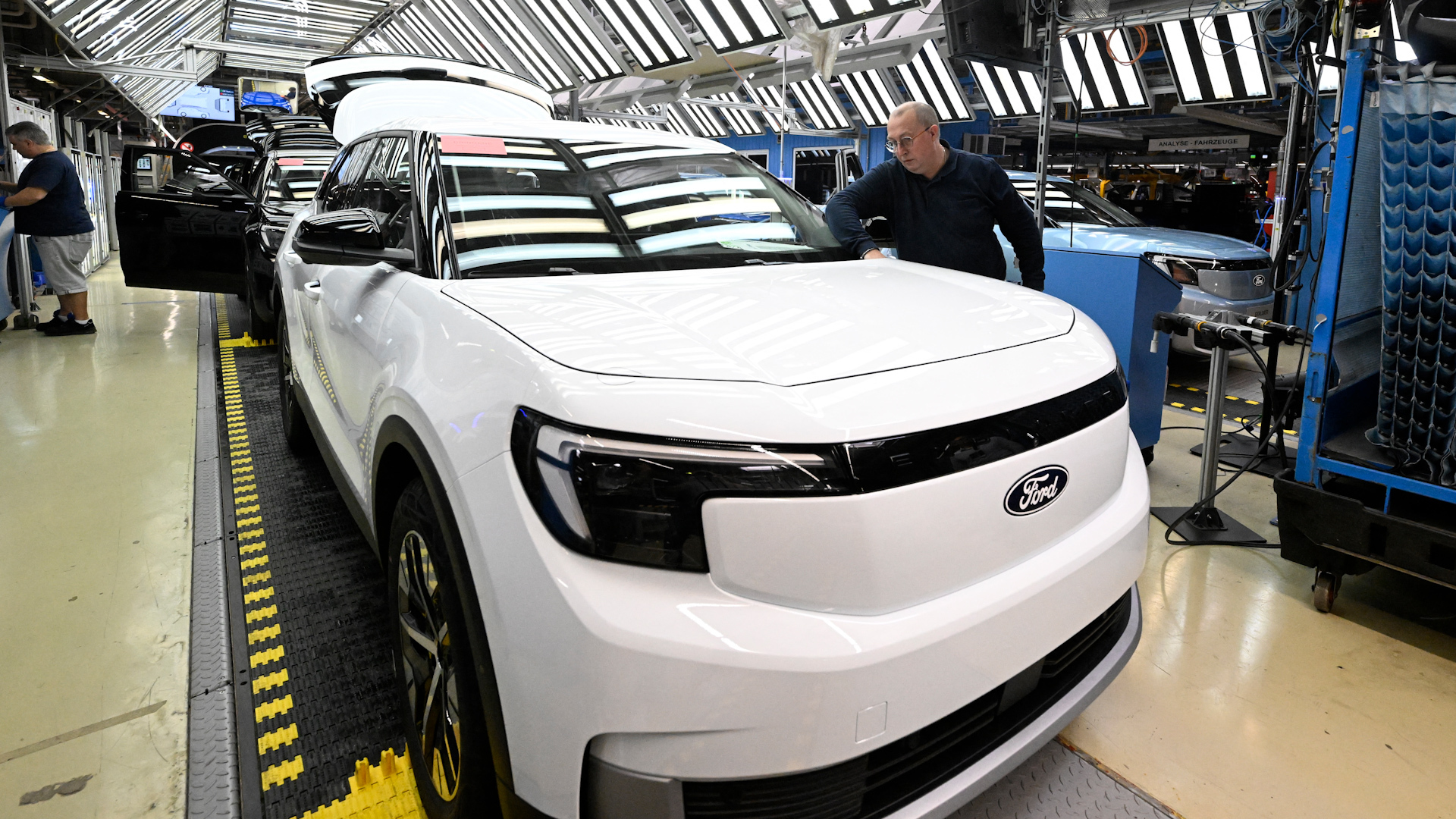Football
Moral panic over a rise in violence ahead of Euro 2024 is bad for fans like me – and bad for football | Cas Mudde

Football fans heading to the stadiums of Germany for Euro 24 this summer face “a resurgence in far-right neo-Nazi hooligans who have been overwhelming the police across Europe”, the Sun has warned, with its usual sense for nuance.
It was just one of many recent articles that have appeared in British and other European media on the alleged “return” of “hooliganism” in Europe. The situation is apparently so bad that governments in countries such as France and the Netherlands have vowed to tackle the issue. Almost always, the response leans towards the authoritarian, including calls for more police and more restrictions.
But is football violence really on the rise, and is more “law and order” the correct answer? Let’s be clear, football violence does exist and is a concern for (some) fans and players. It is even a serious public order problem in some countries, such as Serbia, where hooligans are closely connected to far-right politics and organised crime. But in most European countries, violence in and around stadiums is sporadic, limited to some highly sensationalised incidents – such as a few games involving Marseille and West Ham United.
Even if football violence is on the rise, the key question is, compared with when? Obviously, it is worse today than during the height of the pandemic, when games were either suspended or played without fans. Another reason why violence may be worse than just before the pandemic is the conduct of the “lockdown generation” of fans, but this is most likely a temporary phenomenon. Finally, claims of a “return to the dark days” – the hooliganism of the 1980s in England and the 1990s on the continent – can only be made by people who never went to a game in those years, or have forgotten the brutal violence in the longstanding feud between Feyenoord Rotterdam and Tottenham Hotspur “fans” in the 1970s and 1980s.
So, where does this perception of increased football violence come from then, if not from hard data? First, the media has always hyped and sensationalised football violence, adopting a tone of moral panic and considering it a reflection of a broader social problem. This is strengthened by a misrepresentation (and misunderstanding) of fan culture. For instance, “ultras” – relatively large groups of hardcore fans who mainly support their club with elaborate tifo (such as banners, pyro, singing) inside stadiums – are often conflated with “hooligans”, very small groups of violent gangs who mostly fight other hooligans far away from the stadiums. There is also a conflation of “hooligans” and the far right.
But exaggerated concerns about football violence are also a consequence of the increased commercialisation and commodification of the sport. Football leagues and clubs have become big business, generating most of their income from people who never attend games – through multibillion pound broadcasting rights and online merchandise. Violence – or whatever the increasingly detached, middle-class “consumers” of football perceive to be violence, including just rowdy fans in the stadium – is bad for business.
Despite the flimsy empirical basis, the hype has led to an increased “securitisation” of football. Securitisation describes the process whereby an issue becomes defined primarily as a matter of security, thus enabling law and order measures to address it.
Securitisation has a self-strengthening logic: mass policing and surveillance then justify further security measures. If police officers are deployed to soccer games in big numbers, football must have a security problem. Moreover, in the name of security, new crimes are created, such as being drunk in or around a stadium, which then creates new criminals.
Securitisation also creates its own “experts”. If football is mainly seen as sport or entertainment, you look for people with expertise in sport or entertainment. But if it is mainly seen as a security issue, you look for people with expertise in security. This is exactly what the Royal Dutch Football Association (KNVB) did earlier this year, when it nominated Frank Paauw, a police chief, as its next chairman, after several games were suspended or abandoned after “misbehaviour” in the stands. This mostly involved isolated or non-violent incidents, such as fans throwing beer, smoke bombs or fireworks on to the pitch. Yet the association argued that tackling the “misbehaviour of fans” was one of its biggest challenges. Obviously, the new president will approach football primarily as a security and policing issue, which, in a circular process, will further strengthen the emphasis on security.
Securitisation comes at a high cost to society. The highest costs are paid by fans who regularly attend games. They are, across Europe, increasingly treated like cattle and under permanent surveillance in and around the stadium, where there are restrictions on where you can sit, what you can wear, what you can say and even what you can drink. Treatment of away fans, as far as they are still allowed, is even worse. The Athletic described this experience as a combination of “tear gas, cages, and midnight lock-ins”.
As a groundhopper – someone who goes to games at as many different clubs in as many different countries as possible – alleged “security concerns” have kept me outside half-full stadiums (no ticket sales on game days) or unable to buy the only available tickets in the away stand (although sometimes my Dutch passport has convinced them that I was not, in fact, a hooligan).
Although the clubs and leagues bear much of the financial cost of surveillance cameras and private security guards inside stadiums, society as a whole pays for the ever-growing police presence and surveillance around football games – including the vast majority of games where there is no real security concern.
after newsletter promotion
But there is also a steep political price. During “high-security” football games in many countries, areas around stadiums, including key recreational and shopping spaces, are often flooded with amped-up police, sometimes in riot gear, who discriminate little between “hooligan” and “passerby”, shoving and shouting at anyone who does not follow their protocol quickly enough.
The situation is worst for games organised by the governing bodies Fifa or Uefa, which are increasingly played within a kind of “state of emergency”, enforced by public and private security personnel. This is not just happening in authoritarian states, such as Qatar, which hosted the World Cup in 2022, but also in the heart of Europe.
Of course, it is not all doom and gloom. While stadiums were more welcoming to one group of fans before commercialisation and securitisation (notably white, working-class men), they were often hostile spaces for everyone else, including women, ethnic minorities and LGBTQ+ people. Today, partly through gentrification, partly through stricter enforcement of a more inclusive environment, many stadiums have become more welcoming to these groups. This is definitely the case in the sanitised stadiums of many Premier League teams.
But inclusion should be possible without pushing out the traditional fan or undermining the civil liberties of football fans and the wider public. A first rule should be to require empirically sound evidence for any new authoritarian measures. A second should be that the rights of the many are not sacrificed in favour of the security (fears) of the few.










